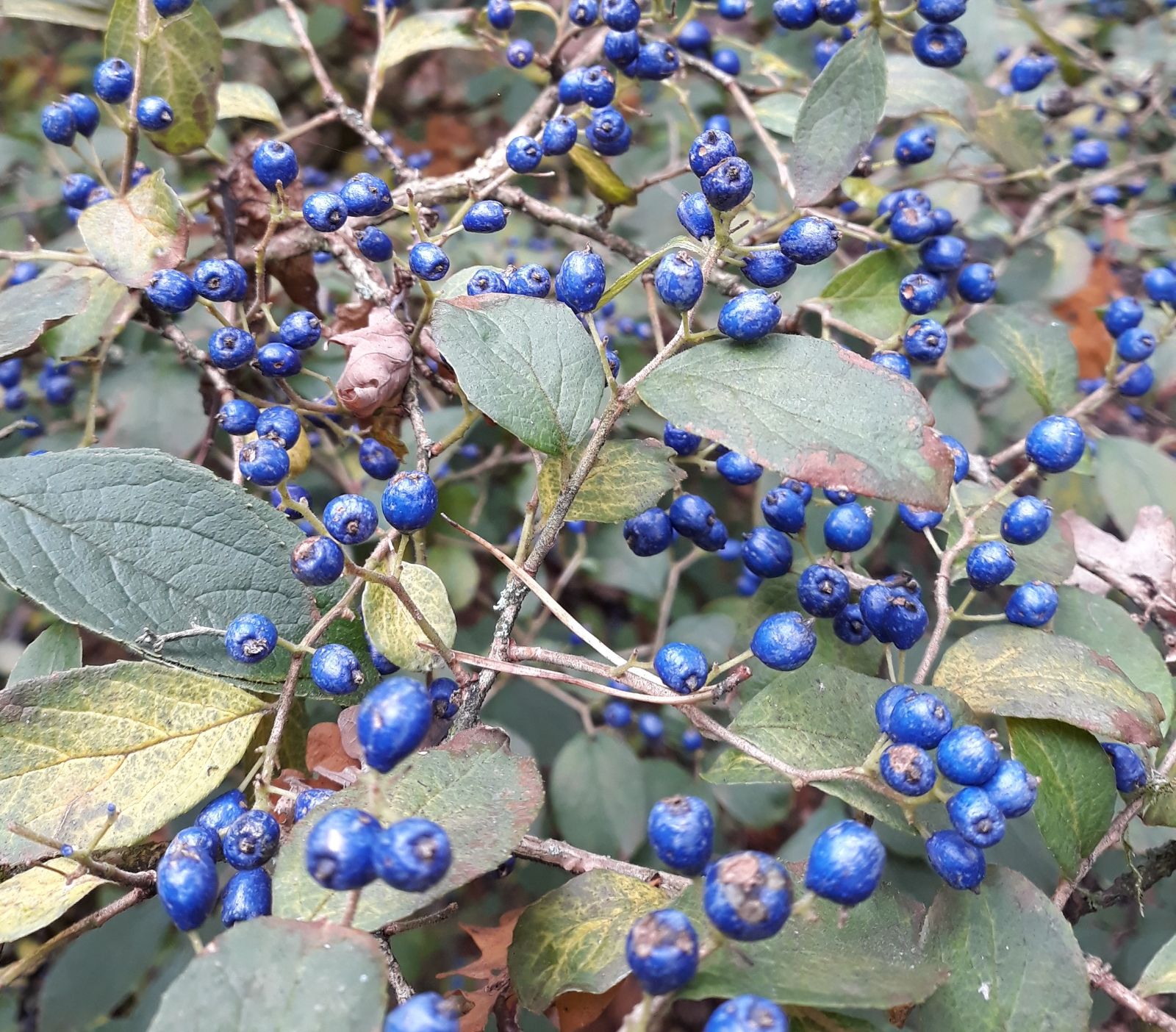Symplocos
Credits
Article from Bean's Trees and Shrubs Hardy in the British Isles
Recommended citation
'Symplocos' from the website Trees and Shrubs Online (treesandshrubsonline.
Family
- Symplocaceae
A genus of about 350 species of trees and shrubs in the tropics and subtropics of America, Asia, Australia and Polynesia, a few extending into temperate regions. Leaves alternate, simple, without stipules. Flowers in panicles, racemes or clusters. Calyx four- or five lobed. Corolla actinomorphic, more or less deeply divided into mostly five to ten lobes. Stamens four to many, usually arranged in fascicles and more or less adnate to the corolla. Ovary inferior or semi-inferior with two to five chambers. Style one, with up to five stigmas. Fruit a drupe or a berry. Symplocos is the largest genus in the small family Symplocaceae and in some interpretations its sole member. It was placed in Styracaceae by Bentham and Hooker and is still considered to be allied to that family by some authorities. According to others it is near to the Theaceae.

